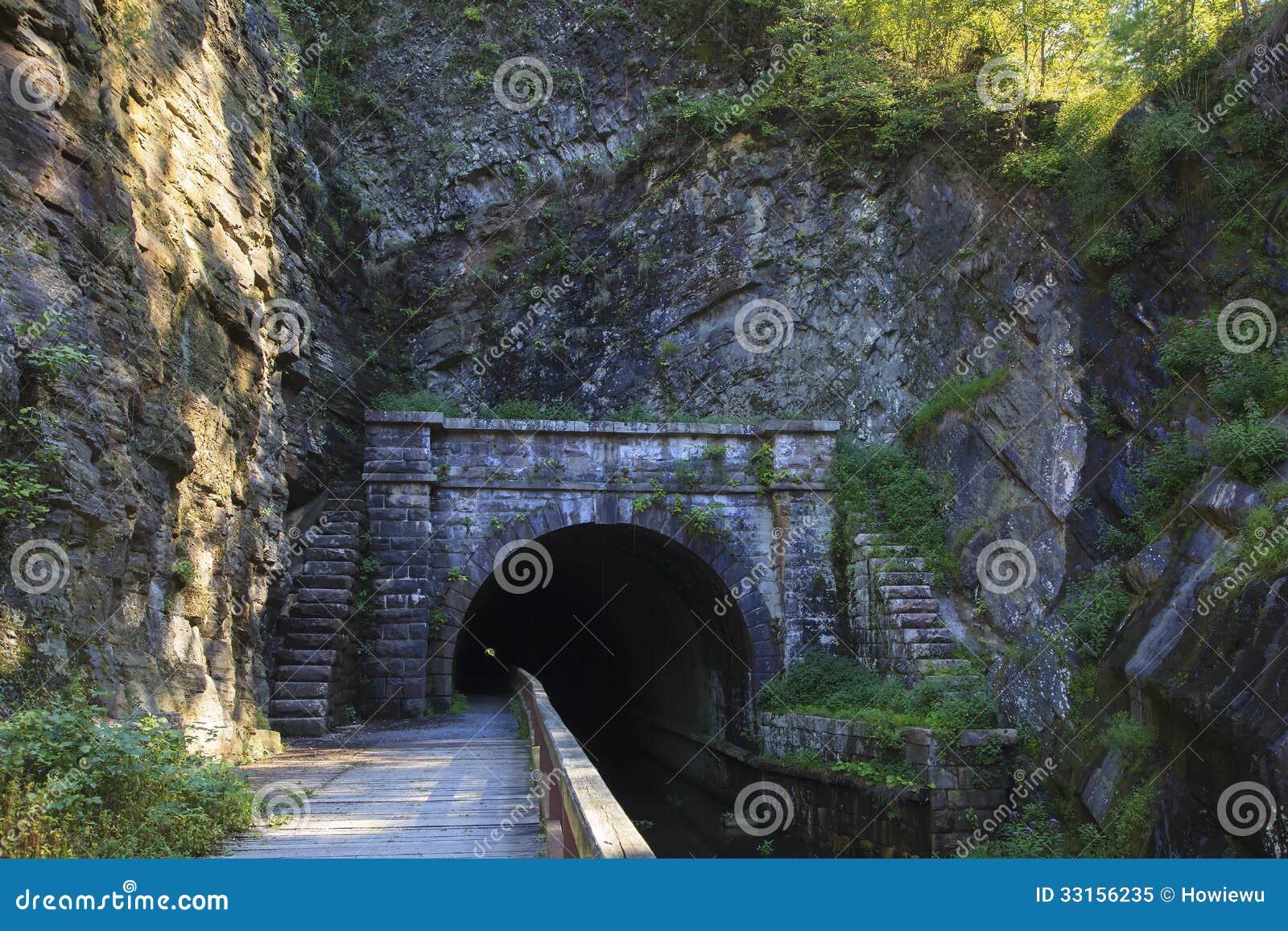
After the events of August 1839, the Washington and Allegany County militias swept the work line. The details of the event were reported in the newspaper, The Daily National Intelligencer The violence carried out that day caused a priest, Father Guth, who ministered to the German laborers, to confess in a letter to the Chief Engineer of the C&O Canal, “.were I superstitious I would really believe they are incarnate Devils.”ĭespite numerous acts of protest and violence, working and living conditions for the canal workers did not improve. On August 11, about 100 armed Irish workers from the Paw Paw Tunnel, bordering Maryland and West Virginia, marched on German laborers downriver near Little Orleans, Maryland. Irish laborers feared for their jobs and sought to make their own reductions in the canal work force rather than wait for the Company to make a decision. The most grievous incident of labor unrest occurred in August 1839, when rumors of future labor reductions spread through the trenches. Ethnic groups often banded together against one another (for example, German versus Irish) and expressed their anger at the working and living conditions by fighting with each other. In the six years between 18, the C&O Canal Company experienced at least ten significant disturbances, and virtually continuous labor unrest. To ease tensions created by working strenuous jobs in difficult conditions, canallers often resorted to violence and threatened others in the ditches. The canallers accepted certain risks as inherent in the job of creating a waterway transport system. The 1832 cholera epidemic left many dead and caused others to flee to relative safety elsewhere. Epidemics regularly swept the line, separating men from their families and leaving a trail of bodies in their wake. Poor living conditions often led to hunger and sickness among the canal workers, and serious illness was a very real threat. Women were as much a part of canaller culture as the men working in the ditches. The women living in these shanty towns were not employees of the company however, by managing the domestic life of the camp, they served the needs of the industry. In some cases, married men constructed huts for their families who traveled with them along the canal line. Laborers lived in makeshift shanties at the worksite, often in a bunk house with 15 to 20 other men. Injuries were common on the line, and maiming and death far from rare.Īt the end of the day, the canallers returned home to small houses and primitive living conditions. The workers would spend much of their day in the ditches, mired in mud or water up to the waist. Laborers worked 12 to 15 hour days in all kinds of weather, beginning at sunup and continuing to sundown. Work along the line of the C&O Canal was difficult. The back-breaking work of digging the canal prism, however, was accomplished by the lowest-paid laborers using the simplest of tools-shovels, picks, and wheelbarrows. Skilled tradesmen, carpenters, and stonemasons were needed for the locks, aqueducts, and culverts. In this equation, the laborers were an expense to be minimized the less they were paid, the more the investors made. The C&O Canal Company relied on the wage labor force to construct the canal at a low cost to investors. Over a 22-year period, workers labored in difficult and often dangerous conditions to construct a safe transport system between the coal producing Allegany Mountains in the west and the port cities and industrial centers in the east. Early on, enslaved blacks were used in some places, but that practice had largely been abandoned by the time construction reached the Blue Ridge, near present-day Hagerstown, Maryland.

The majority of the laborers on the canal were Irish immigrants, with a few Germans and native-born Americans. The untold stories of the lives of the workers that constructed the canal have the potential to add another dimension to the C&O Canal’s historical significance. The historical importance of the canal was the basis for creation of the Chesapeake and Ohio Canal Historical Park, established in 1961 through the efforts of Supreme Court Justice William O. Mail travelling between Georgetown, the District of Columbia, and Shepherdstown, West Virginia, was also transported along a portion of the canal. From 1831 to 1924, the canal primarily served as a means to transport coal from the Allegheny Mountains to ships waiting in port cities. By the time of its completion in 1850, the canal stretched 185 miles from Washington, D.C. Construction of the C&O Canal began on July 4, 1828. The Chesapeake and Ohio (C&O) Canal is one of the most intact and impressive surviving examples of the American canal-building era. Stonemason re-enactor demonstrates methods of canal construction.


 0 kommentar(er)
0 kommentar(er)
